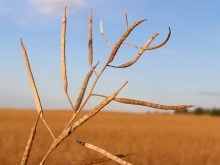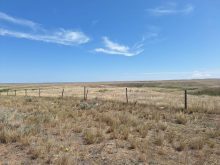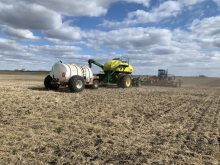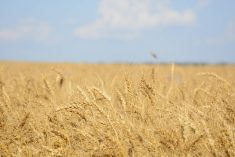Australians are planting their winter crops on parched fields but help could be on the way.
The Australian Government Bureau of Meteorology delivered some good news for growers about moisture prospects for the first part of the Southern Hemisphere winter growing season.
“Odds favour above-average rainfall over the next three months,” senior climatologist Andrew Watkins said in a video on the bureau’s website.
The bureau believes there is a 65 to 80 percent chance that the grain-growing region of the country will receive above median rainfall.
Read Also
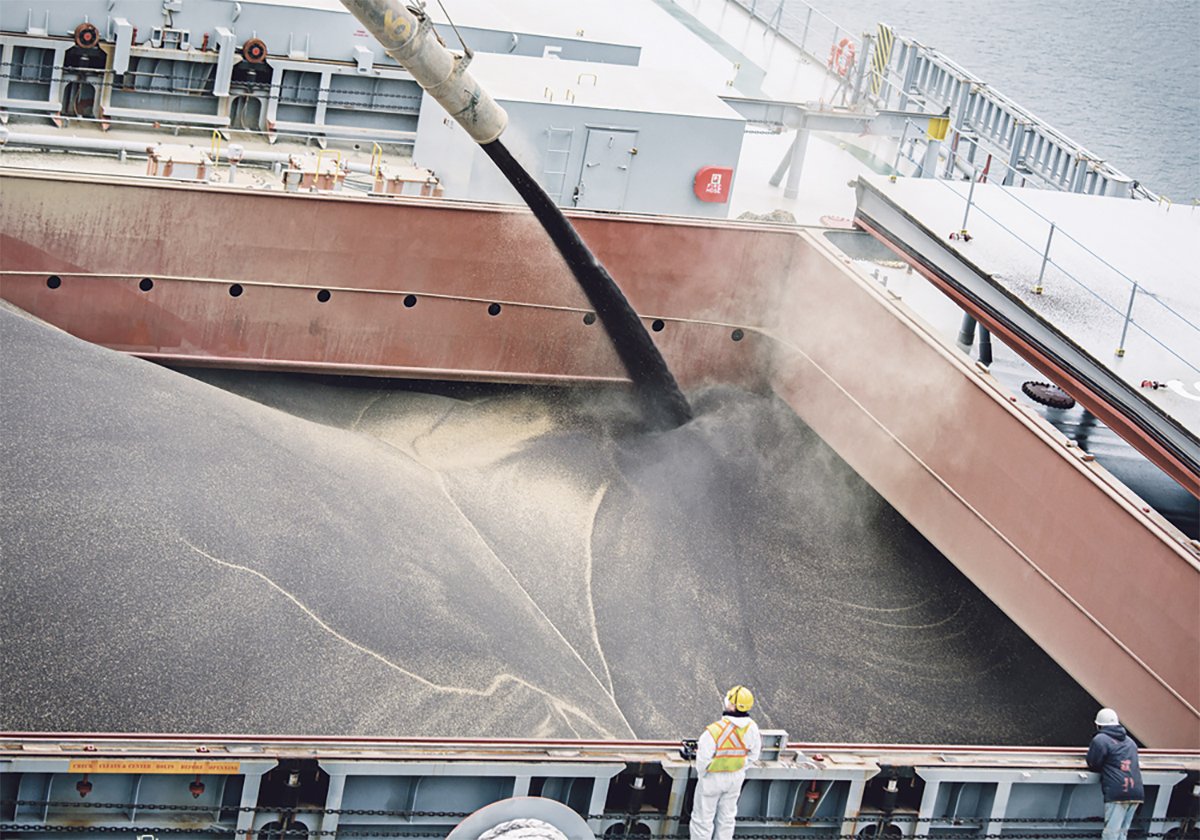
Exports off to a slow start after last year’s torrid pace
Canadian grain, oilseed and pulse exports are off to a slow start, but there are some bright spots, according to the Canadian Grain Commission’s most recent weekly export data report.
If it happens, it would be well received because much of the country is bone dry as farmers head into their fields.
The Southern Hemisphere summer, between October 2015 and April 2016, was abnormally hot and dry due to El Nino.
Watkins said there were only three brief monsoon rains with little moisture falling since the start of 2016.
What made matters worse was the record low number of tropical cyclones during that period. There were three, which is well below the previous 10-year average of 11.
There are short and long-term rainfall deficiencies in all states and territories, but eastern regions are drier than Western Australia.
“This wet season has also been one of the hottest on record,” he said.
The average temperature exceeded 29 C, so when states like Queensland did receive some rain it quickly evaporated.
“Lower-layer soil moisture is now below average in many agricultural areas,” said Watkins.
Water reserves are 10 percent lower than they were at the same time last year and continue to fall.
The main reason for his optimism for the May to July period is that El Nino is rapidly fading and could be in the final month of its reign.
There is a 50 percent chance of a La Nina forming in 2016, which is twice the normal odds. It would bring above average rainfall to central and eastern Australia, where many of the crops are grown.
If La Nina fails to develop and there are instead neutral conditions, then Australia’s weather will be influenced by other factors such as the Indian Ocean Dipole.
The dipole is expected to turn negative by August, which raises the chance of rainfall for southern Australia.
So either way the odds are good for above normal rainfall over the next three months, which would get the crop off to a good start.
But what is going in the ground?
The Australian Government Department of Agriculture and Water Resources (ABARES) provided its initial thoughts on that subject in a March report.
The area planted to wheat is expected to be unchanged. Wheat area in Queensland and New South Wales is forecast to decline due to stiff competition from chickpeas, while plantings in Western Australia will increase at the expense of lupins.
Wheat production is forecast to rise one percent to 24.5 million tonnes.
Chickpea area is expected to increase due to attractive prices but production is forecast to be marginally lower than the record one million tonnes produced last year assuming a return to average yields.
That conflicts with a recent article in Saskatchewan Pulse Growers’ Pulse Market Report. That story says that Pulse Australia is forecasting a 29 percent increase in desi chickpeas to 2.2 million acres and that some in the trade feel growers will produce 1.2 to 1.6 million tonnes of desis, up from 971,900 tonnes last year. Pulse Australia is forecasting a seven percent increase in peas and five percent boost in lentil acres.
Coarse grain area is expected to decline four percent as barley loses ground to canola. Barley production is forecast to remain largely unchanged. Canola plantings are expected to recover after hitting a five-year low in 2015-16 due to high barley prices and unfavourable planting conditions that year. Assuming average yields canola production is forecast to increase 11 percent to 3.3 million tonnes.






